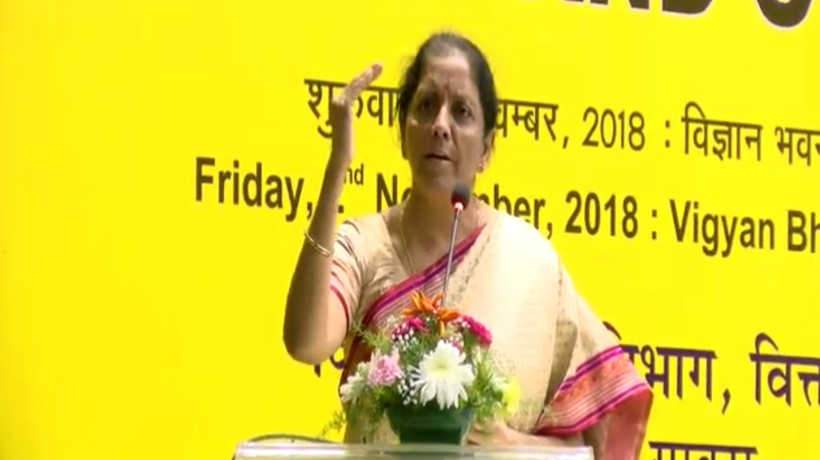Trending Now
- 830 voters names go missing in Kavundampalayam constituency
- If BJP comes to power we shall consider bringing back electoral bonds: Nirmala Sitaraman
- Monitoring at check posts between Kerala and TN intensified as bird flu gets virulent in Kerala
Whats Hot
South Delhi to lose 3748 trees even as city battles air pollution
![]() June 9, 2018
June 9, 2018
Image credit : Illustrative image
South Delhi is set to lose a chunk of its greens at the altar of ‘development’. The city’s forest department has cleared the National Buildings Contruction Corporation Ltd. (NBCC’s) proposal to fell 3,748 fully-grown and healthy mango, neem, banyan, pilkhan, guava, etc. species of trees at Netaji Nagar and Nauroji Nagar.
The estimates for Sarojini Nagar, which is next in queue, are yet to be given. The central Public Sector Undertaking (PSU) is currently demolishing British-era Type I-IV dilapidated government quarters here to build modern multi-storeys. It is a Ministry of Urban Development project worth Rs 32,835 crore and will need five years to complete.
Going by an NGT (National Green Tribunal) order of 2017, NBCC has been asked to transplant or relocate 186 trees from these two areas. The company will also deposit a cumulative security deposit of Rs 22.54 crores for compensatory afforestation.
The forest department notification says that afforestation, to the tune of 39,550 saplings, will take place at Yamuna floodplains on three spots –near Garhi Mandu village between the under construction Signature Bridge and Wazirabad barrage, near railway line adjacent to CWG village complex and ITO barrage.
Experts, however, say that saplings can never really replace adult trees. “For a city that is already ranked sixth by the World Health Organisation (WHO) for its air pollution and battling intense heat waves and 45 degrees Celsius-plus temperatures, this is bad news.”
“More so, compensatory afforestation does not work because survival rate of saplings is very low. An adult tree –depending on its height, girth, age and species — produces 260 pounds of oxygen each year. Its dense canopy and branches are home to birds, bats, squirrels and so many insects. Can a sapling do that?” he asked.
The State of the Forest Report 2017, released in February this year, said Delhi’s forest cover has increased by 0.3 per cent, or 3.6 sq km, compared to the assessments conducted in 2015.
However, it is little to cheer about as the rise is only in the open and scrub forest categories whereas both “very dense” and “moderately dense forests” have recorded a decline.
Trees will soon be chopped for redevelopment of government quarters at Kasturba Nagar, Thyagraj Nagar, Srinivaspuri and Mohammadpur by the Central Public Works Department (CPWD) as well.
A resident of Sarojini Nagar expressed regret for several medicinal plants and fruit-bearing trees dying of heat and lack of watering here with demolition having begun.
“After several blocks were vacated, families of government employees left behind hundreds of lemon, kadee patta, rose, tulsi, aamla, giloy, bail, aloe and mehendi plants in their large gardens. The horticulture department should have either carefully lifted them by the roots and transplanted, or given them to ayurvedic centres,” advised Uma Kalra.
“Isn’t it inhuman to let them die of thirst here?” she asked.























